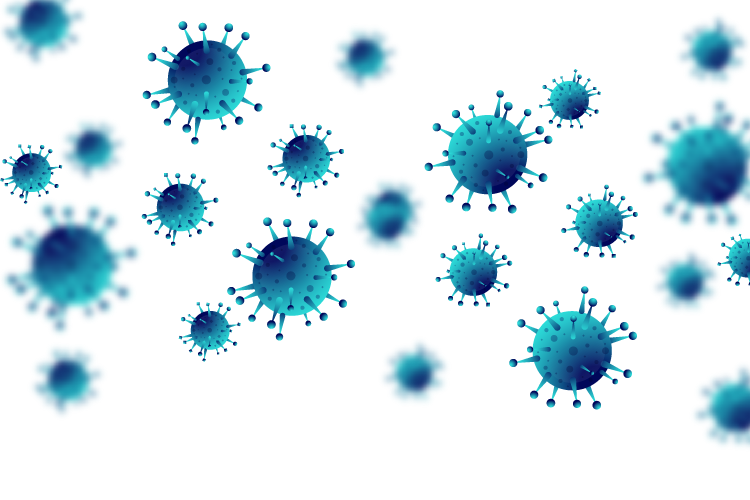
Lessons from the COVID-19 pandemic
What can YOU do?
A virus cannot be controlled solely by modeling its spread. Epidemics, pandemics, and endemic diseases are issues we collectively face as a society.
Monitoring the role of children
How can we understand the role of children and safeguard the safety of our education system during a future pandemic? In September 2020, we initiated a sustainable system to closely monitor the spread of a pathogen, in this case, the coronavirus, within schools.
Collaborating with the Centers for Student Guidance (CLB), Sciensano, and the Flemish Agency for Care and Health, we collected information on all school-going children who tested positive for PCR. CLB doctors and healthcare providers maintained contact with schools, students, and parents, adhering to doctor-patient confidentiality. They collected information in a secure online health platform and subsequently provided anonymized data to the Ministry of Education, as well as national and regional agencies. The data transfer was automated in January 2021, allowing all stakeholders to act more swiftly.
In this manner, we recorded almost 60,000 cases of COVID-19 among all Flemish students between October 5, 2020, and June 27, 2021, out of a total of just over 1.1 million students. Infections in schools followed the same trends as general infections: regions with a high infection rate in the community saw a similar pattern among pupils. Although age is typically one of the key factors explaining differences in infections and the course of COVID-19, we didn't see that reflected in this data, possibly because different rules and measures applied to pupils and students of different ages. For example, younger children were not required to wear masks in class, while older children were. The data did reveal that schools with more pupils from lower socioeconomic backgrounds also experienced more COVID-19 infections.
COVID-19 surveillance in the Flemish school system: development of systematic data collection within the public health school system and descriptive analysis of cases reported between October 2020 and June 2021
From this pilot project, we've drawn several valuable lessons, including insights into the missing data needed for better monitoring of infection dynamics. This includes the duration of absence of infected students, the number of children who tested negative, and which of the infected children actually displayed symptoms. It's clear that schools mirror society, and research into the risks of infection and disease should always take into account social parameters, even when it comes to children. Yet another piece of evidence that this pandemic, like many other diseases, contributes to social inequality, and we need to be particularly vigilant in protecting the most vulnerable children and families.
Strength in numbers: Infectieradar
Beyond schools, we want to monitor potential outbreaks of infectious diseases within the general population. That's why we've established our own platform: infectieradar.be.
In collaboration with 11 international partners, we've created a direct source of information to systematically survey thousands of people, and also coordinate the exchange of data internationally. The concept is similar to the Big Corona Study, but this time purposely designed with a more long-term timeframe. Through Infectieradar, we aim to continuously monitor the spread of infectious diseases in a sustainable way, not only locally but also internationally.
We know that many people with mild or few symptoms of a coronavirus infection don't visit a doctor and aren't always tested. Today, four out of five infected individuals simply recover at home. They perform a self-test and voluntarily isolate themselves. This is a completely acceptable course of action, avoiding overburdening primary care even more than it already is. However, it also means that the official figures collected via testing centers and healthcare only offer a limited view of the actual circulating infectious diseases, with a few weeks' delay. Now that testing is less common, this data source is even less reliable. With Infectieradar, we can detect more infections more quickly.
The platform is not limited to COVID-19; it extends to various respiratory infections, from COVID-19 to flu and RSV.
How does it work? When you first register, you provide background information such as age, underlying conditions, and occupation. Afterward, you receive a weekly email asking whether you experienced any symptoms during the past week. Did you have a fever or a runny nose? Did you cough or sneeze? Even if you didn't have any symptoms, it’s important to let us know--it takes only 30 seconds. If you did have symptoms, which hopefully won't happen too often, it takes 3 to 5 minutes to complete the more detailed questionnaire. In addition to health questions, Infectieradar also inquires about your behavior and mindset.
Collecting large scale reliable data allows our predictive models to fulfill their role optimally, providing policymakers with relevant insights. **[Join infectieradar ](https://survey.infectieradar.be/home )**